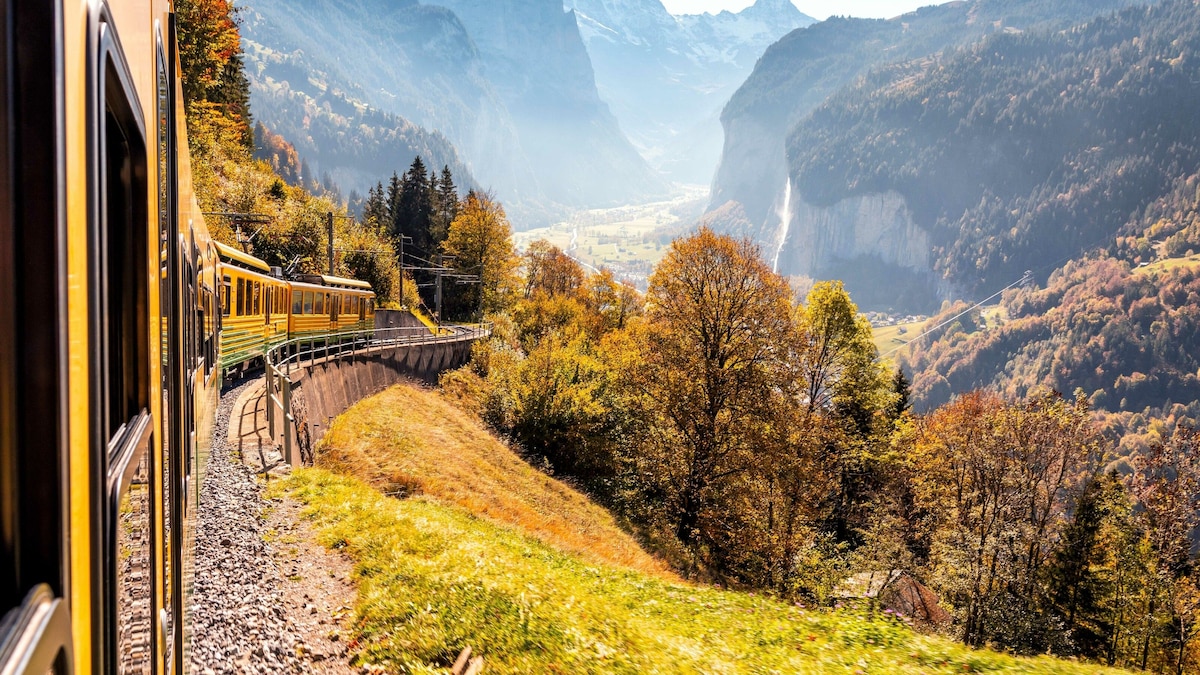Europe is undergoing a dramatic transportation renaissance, shifting away from short-haul air travel toward an ambitious, interconnected network of high-speed rail. Fueled by the European Union’s Green Deal initiatives and a surge in passenger demand for sustainable travel, the continent is witnessing its newest golden age of rail. This infrastructure boom is characterized not just by faster trains, but by fierce competition, the revival of the romantic night train, and the extension of high-speed lines into previously underserved regions. From cutting travel times across Spain’s rugged interior to knitting together the cultural capitals of Central Europe, these new routes are fundamentally reshaping the way travelers experience the continent, proving that high-speed rail is the most efficient, comfortable, and conscious alternative to flying.
The New Golden Age of European Rail
The current transformation in European rail travel is more than a simple infrastructure upgrade; it is a strategic repositioning of the continent’s entire travel paradigm. The movement is driven by two key factors: political commitment to climate goals and explosive consumer demand.

Under the EU’s framework for sustainability, high-speed rail is championed as the crucial link between major cities, directly challenging the dominance of carbon-intensive short-haul flights. The new routes are cutting journey times so dramatically that rail often beats door-to-door air travel when check-in and security are factored in. Furthermore, the liberalization of Europe’s rail market has introduced significant competition, such as France’s SNCF expanding into Spain, and new private players emerging in Italy. This competition is driving down prices, increasing service frequency, and injecting fresh innovation into a sector long dominated by national monopolies.
The Iberian Peninsula’s Speed Revolution
No region in Europe has witnessed a more rapid and transformative expansion of high-speed rail in recent years than the Iberian Peninsula, where Spain’s AVE network continues its relentless outward push.

Spain now boasts the most extensive high-speed network in Europe, connecting Madrid not just to Barcelona and Seville, but to formerly distant regions like Galicia and the southeast coast of Murcia. These new lines have slashed travel times, making far-flung coastal and historical regions accessible for weekend trips. Crucially, the Spanish market has become a battleground for high-speed competition, with France’s low-cost Ouigo Spain and the Italian-backed Iryo network challenging the incumbent AVE. This market dynamic has made Spanish rail travel significantly cheaper and more frequent, turning high-speed journeys into a realistic option for virtually all domestic travelers and cementing Spain’s leadership in rail infrastructure.
Bridging Borders: The Continental Connectors
The most culturally significant developments are the new or heavily improved cross-border connections, which are finally fulfilling the long-held promise of a truly unified European rail network.

One of the most celebrated new links is the direct high-speed service between Paris and Berlin, a route that historically required a time-consuming connection. This new direct route simplifies travel between two of Europe’s most influential cultural and political capitals, cutting the journey down to a competitive duration. Simultaneously, there is a renaissance in night trains. Companies like Austrian Federal Railways (ÖBB), with its Nightjet service, are expanding routes between major hubs like Vienna, Berlin, Brussels, and Paris. This revival is critical, allowing travelers to cover vast distances, such as from Paris to the Austrian Alps, while sleeping, and eliminating the need for a hotel night, providing a comfortable, time-efficient, and sustainable solution to long-distance travel.
The Southern Corridor: Italy and the Next-Gen Fleets
Italy continues to innovate within its robust high-speed system, primarily defined by the state-owned Frecciarossa network and its domestic competitor, Italo. The focus here is on cutting-edge speed and enhanced passenger experience.

The core of the Italian system links the powerful economic and cultural triangle of Turin, Milan, and Naples, with trains frequently traveling at speeds up to 300 km/h. Recent advancements include new extensions that integrate secondary cities and tourist destinations more seamlessly into the network. Italy is also pioneering the concept of high-speed fleet upgrades, with newer generations of trains maximizing on-board comfort, connectivity, and noise reduction. This focus on passenger experience, coupled with fierce internal competition that keeps fares competitive, ensures that rail remains the dominant choice for domestic travel, even over the convenience of regional air travel.
The Green Shift: Rail as Climate Action
Ultimately, the best new rail routes are more than engineering triumphs; they are a vital component of Europe’s commitment to sustainable climate action. The new routes are designed to make the ethical choice the most logical choice.
A high-speed rail journey from Brussels to Frankfurt, for example, produces less than 1/10th of the carbon emissions of a comparable flight. By expanding the network and improving its efficiency, Europe is actively nudging millions of travelers away from high-emission transport. The widespread investment in both high-speed and overnight services is a powerful declaration that the future of travel—comfortable, rapid, and deeply connected—will be built on steel rails. For the eco-conscious traveler, these new routes offer an unparalleled opportunity to explore the continent guilt-free, embracing the journey as much as the destination.




